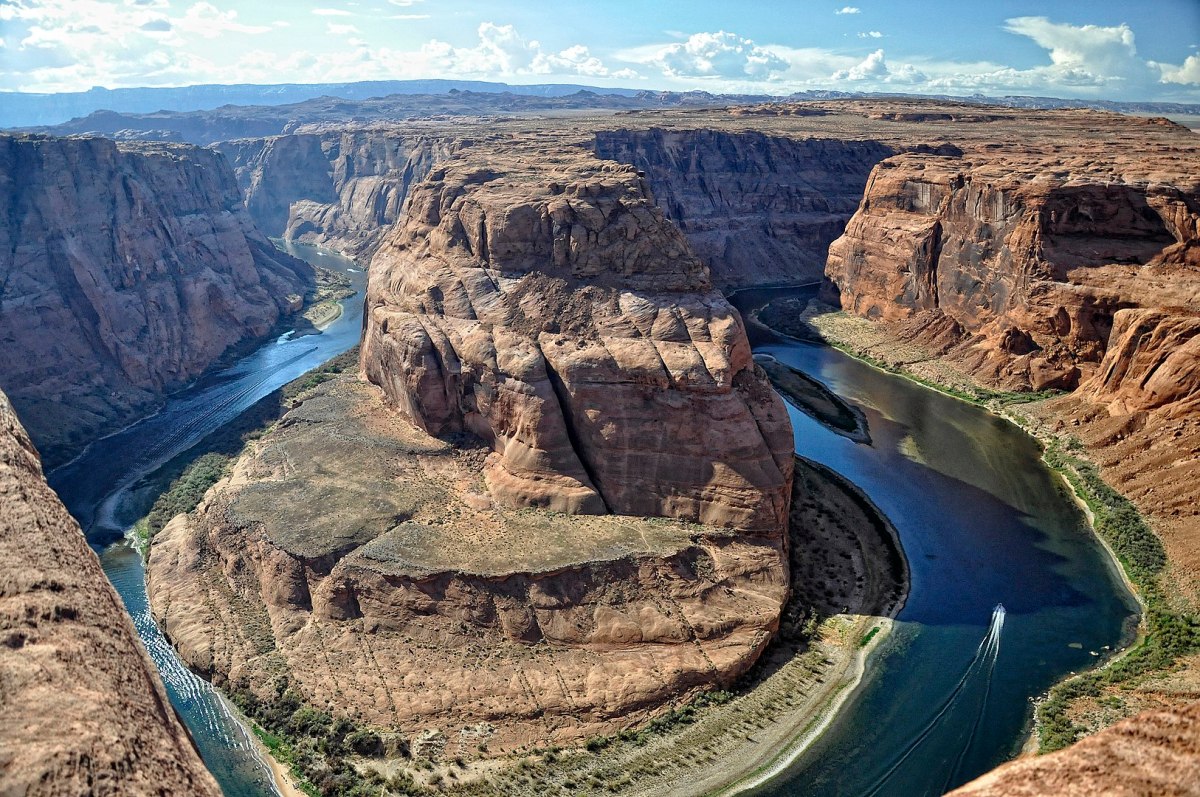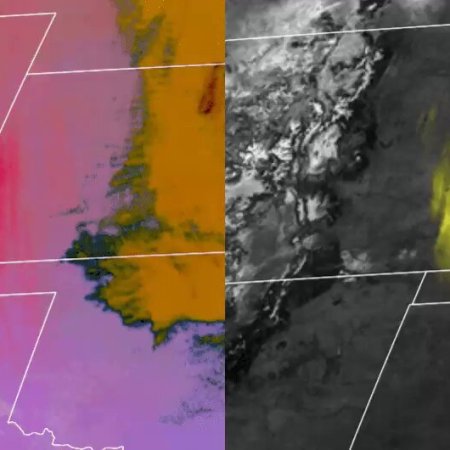In 1922, the governments of seven state — Colorado, New Mexico, Utah, Wyoming, Nevada, Arizona and California — agreed to the Colorado River Compact, which established a framework of regulations known as the Law of the River. Now, with much of the southwestern United States grappling with drought conditions as a result of climate change, the Law of the River faces what could be described as an existential threat.
Can an agreement from 1922 still hold up in 2023? That’s the big question facing these states — with their residents and agricultural businesses waiting nervously for an answer.
A new report from the Los Angeles Times explores the questions and issues at play here. The article cites law professor James Salzman, who told the Times that the issue here is due to the wording of the 1922 agreement. It focuses on pre-defined amounts as opposed to percentages; in a situation where there’s less water in a given year than expected, that can cause all sorts of issues.
“[T]he Law of the River does not clearly provide for how to reduce 2 million acre feet,” Salzman said in comments made to the Times.
California and the other six states have each released proposals that would alter the amount of water involved. It remains to be seen which — if any — will go through, and how individuals and businesses alike will manage with the revisions when it comes to water usage.
Thanks for reading InsideHook. Sign up for our daily newsletter and be in the know.

















